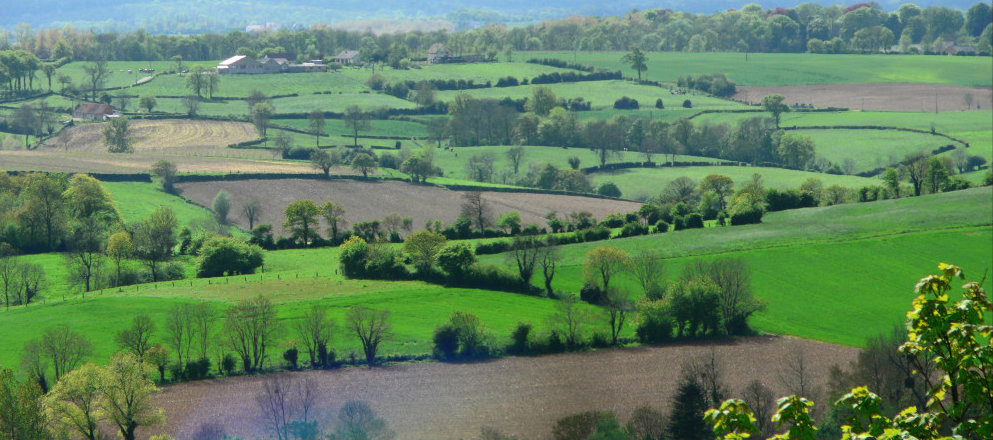| HOME | TIMELESS MODELS COLLECTION | WHERE TO BUY CONTACT US |
| Precision Model Designs |
 |

Bocage - derives from the Norman French word boscage, based on bosc meaning "wood", today in place names, pronounced /bɔk/ or /bo:/ (also in old French as bosc > mod. bois "wood"), see also Norman dialect boquillon : "woodcutter", old Norman bosquier, old French boscheron, mod. bûcheron. The boscage form was used in English, for leafy decoration such as is found on eighteenth century porcelain. Similar words appear in Scandinavian (cf. Swedish buskage) and other Germanic languages so leaving the suspicion that the apparent late Latin derivation comes ultimately from the Scandinavian language which became Norman French. The boscage form seems to have developed its meaning under the influence of eighteenth century romanticism.
The bocage form of the word came to English notice during the Second World War. It refers to a terrain inof mixed woodland and pasture, with tortuous side-roads and lanes bounded on both sides by banks surmounted with high thick hedgerows which limit visibility. It is the sort of landscape found in England Devon. In Normandy, it acquired a particular significance during the Battle of Normandy, as it made progress against an entrenched opposition extremely difficult. American soldiers also referred to bocage as 'hedgerows'.
The 1934 Nouveau Petit Larousse defined bocage as 'a bosquet, a little wood, an agreeably shady wood' and a bosquet as a little wood, a clump of trees'. By 2006, the Petit Larousse definition had become '(Norman word) Region where the fields and meadows are enclosed by earth banks carrying hedges or rows of trees and where the habitation is generally dispersed in farms and hamlets.'